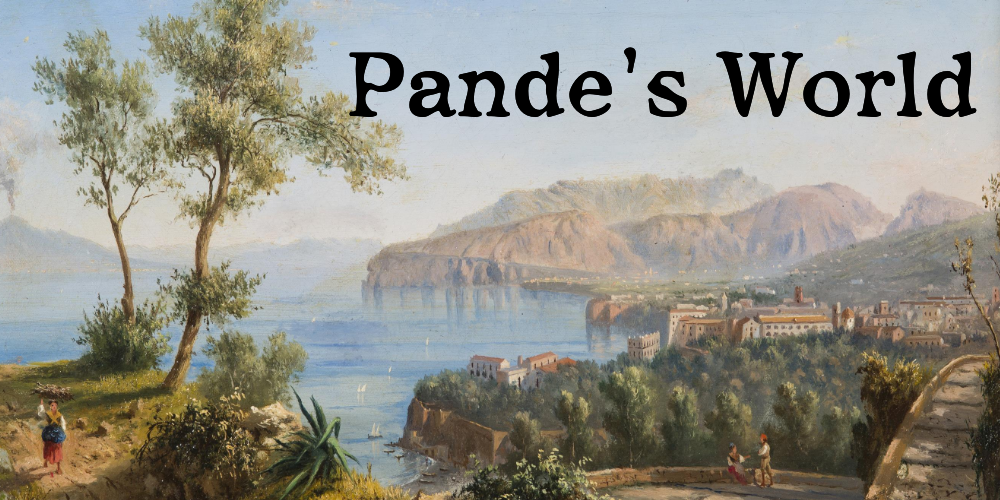Arall
A vast forest blankets the upland regions of Arall and hides the only pass over the western range to the lands beyond. However, the pass is very long, dangerous and Lake Plateau at the top makes passage difficult for both geographical, and other reasons. As such the crossing is rarely attempted and Arall mainly maintains border forts to discourage the hill tribes who live in the upper plateaus from raiding further in. The lowlands are farmlands and prosperous towns, still recovering from the Sakamohr occupation. Nalkeli, the capital, sits at the mouth of the impressive Arall river.
Structure
The Elector Lord in Arall holds absolute power in his state, a necessity, they say, of the low population density and the need to maintain central control. In reality, most of the state is sparsely populated, and the people who live there largely ignore most authority, unless it actually turns up in person. The Elector Lord holds court in the city of Nalkeli, and assigns tithe collecting duties from sub-provinces to those who find favour with the current ruler. This is a lucrative position, as the assigned tithe collector is entitled to set their own tithe level - so long as the amount demanded by the Elector Lord is met (who must also send a proportion off to Belyos) then the actual level is not important.
Tithe Collector is not a hereditary position, and the Elector Lord can appoint a new person to the role whenever they wish, although it is typical to only do so on the death of the previous. Tithe collectors are keen to keep on the good side of the Elector Lord for this reason.
Culture
Arallian culture is a peculiar blend of a lot of the eastern Empire; the Sakamohr occupation saw the vast majority of the population either die or move away, and so when the invaders were finally evicted, new settlers moved in to take advantage of the available lands, and brought their own culture with them. Priests and the limited nobility have attempted to homogenise the state, to proper bring in a feeling of being one province, but progress is slow, and its not uncommon for villages barely a few kilometres from each other to have widely different customs.
History
Prior to the Sakamohr occupation, Arall was a large contributor to Imperial funds through its fertile farmlands and upland quarries. The province was highly fractured, however, and conflicts between holdings of different Imperial Houses were common.
During the Great Schism, a lot of the Houses with large holdings in the north departed, and there was a brief but violent consolidation of land. Most of the Houses who pushed for weaker central authority of the Empire were strong in Arall, and able to use the rich resources of the region to support their forces.
When the Empire finally dissolved in 1218 IY, the majority land holders in Arall managed to present a united front and the province was able to survive as an entity, although it saw substantial migration to the north. Piracy from ex-Imperial Navy vessels in the small islands that dotted the coast of Arall reduced its income from sea trade, and the lack of investment in the roads made export of goods difficult. The region got progressively poorer and weaker, especially so as most of the wealthy nobility left for holdings further north.
When the Sakamohr invaded in 1408 IY, Arall easily fell, although the invasion halted at its northern border when faced with stronger opposition from Imbar. The fertile herds and fields made for easy sacking by the Sakamohr, who brought their own horses and cattle in to fill the lands. The few Imperials who remained learned to be wary of strangers, and to hide from the approach of cavalry. The Sakamohr civil war saw most of the occupiers leave for a chance at glory in Belyos, and the last few remnants were easily killed or fled when the Expulsion of the Sakamohr occurred in 1587 IY.
The Renaissance years saw a slow increase in Arall's population, as the largely empty lands became an opportunity for a lot of people whose ancestors had fled the south, but had not managed to leave for the far northern continent. Central authority was never established during this time, and most of the people managed without it.
When Til-Yaltur came through the region, he encountered little opposition, and for the most part the inhabitants were ambivalent, although pleased that the Empire appeared to be regaining its footing. After his coronation, and the establishment of the Elector State, little changed for the population, save the collection of tithes and the opportunity to join the Imperial institutions.
Territories

Maps
-
Arall
The Elector State of Arall
Type
Geopolitical, Province
Capital
Demonym
Arallian
Leader
Government System
Monarchy, Absolute
Power Structure
Feudal state
Currency
Imperial Crown
Parent Organization
Official Languages
Controlled Territories
Notable Members
Related Ethnicities
Elector Lords of Arall
| 1708 - 1766 | Venceslaus |
| 1766 - 1797 | Margarita |
| 1797 - 1797 | Virginius |
| 1797 - 1802 | Herta |
| 1802 - 1854 | Manius |
| 1854 - 1868 | Rufius |
| 1868 - present | Theodorus |
Remove these ads. Join the Worldbuilders Guild



Comments